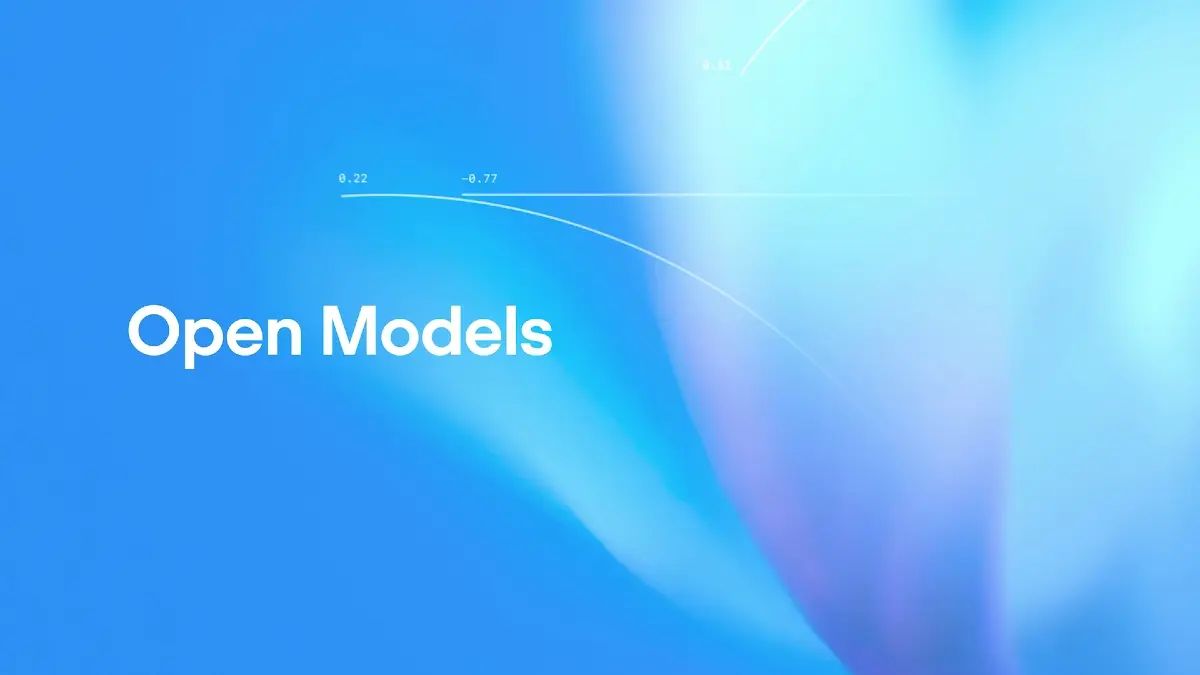
Advertisement
For the first time in years, OpenAI has released two open-weight AI models. They are called gpt-oss-120b and gpt-oss-20b. This is a big move because the last time OpenAI did something similar was back in 2019 with GPT-2. These new models are now available for everyone to use, test, and build on. OpenAI says these models are some of the best in the open-source world and perform better than many models of the same size.
Both models are made using a type of architecture called Mixture of Experts. The bigger one, gpt-oss-120b, has about 5.1 billion active parts. The smaller one, gpt-oss-20b, has 3.6 billion. The bigger model performs about as well as OpenAI’s o4-mini, while the smaller one is similar to o3-mini. OpenAI says they trained these models using lessons and techniques from their most advanced systems like o3 and others.
You can use the larger model on a computer that has a strong GPU with 80GB of VRAM. The smaller model, however, can even run on laptops or smartphones that have 16GB of memory. That makes it very easy for everyday users and developers to use these models without needing powerful machines or cloud servers. Both models can handle long conversations or data, with a context length of up to 128,000 tokens.
The models were mostly trained using English content. They are especially good at subjects like science, math, coding, and general knowledge. They also support something called agentic workflows. That means the models can use tools like web search or run code in Python. And they can do all this right from your device without needing an internet connection.
In test scores, the larger gpt-oss-120b came close to OpenAI’s top models. For example, it scored 80.1% on one test called GPQA Diamond, while OpenAI’s o3 model got 83.3%. On another hard test, it scored 19%, while o3 got about 25%. This shows the new models are very powerful and may soon compete with top AI models from other countries, including China’s Qwen and DeepSeek.
Anyone can download these new models. They are free to use under the Apache 2.0 license. You can find them on Hugging Face. If you want to try the smaller model right now, you can install a tool called Ollama and type a simple command to run it. It’s also available on LM Studio for those who want to test it out more easily.
